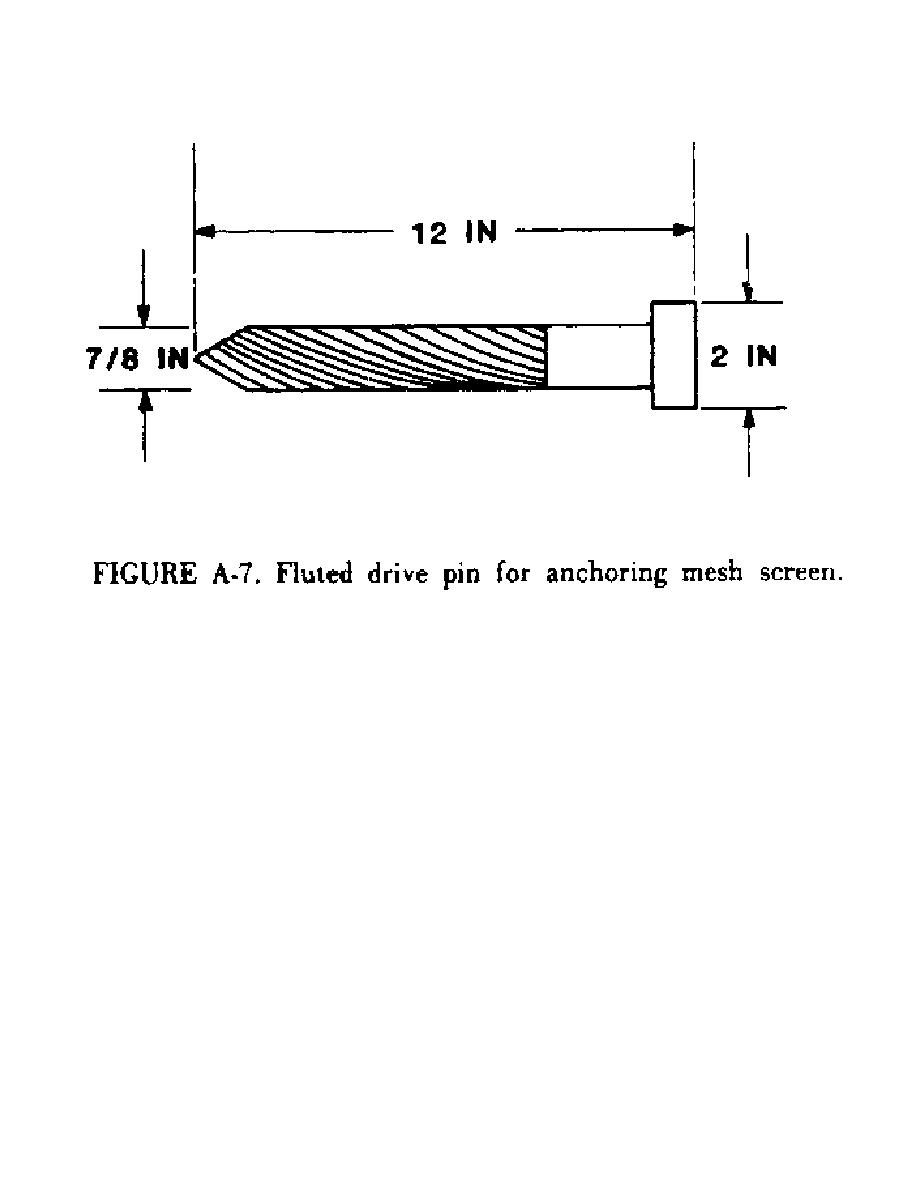

Custom Search
|
|

|
||
 MIL-HDBK-232A
60.7 Grounding for EMP/HEMP. Power fault grounding is critical for
lightning and EMP/HEMP protection. Only the circumferential EESS described
in paragraph 60.3 should be used. Multiple ground conductors should be
installed between the shelter and the EESS to provide more than one path for
ground currents.
60.8 Use of air terminals. In areas that have many electrical storms, it
may be necessary to install air terminals (lightning rods). Air terminals
should be constructed of solid copper, bronze, or aluminum rods to prevent
them from exploding, igniting, or otherwise being destroyed. Solid copper or
bronze rods should be at least 0.5 inch (12.5 mm) in diameter and solid
aluminum rods 0.675 inch (17 mm) in diameter. Air terminals should be
installed by welding threaded mounting plates at each corner of the roof of
the shelter. The rods should be threaded to make the installation and
removal easier. Air terminals should extend at least 10 inches (250 mm)
above the highest point of the shelter. They should be interconnected by
installing a No. 2 AWG stranded copper wire around the perimeter of the roof
of the shelter and connecting it to each terminal with a pressure connector.
A No. 2 AWG stranded copper wire should be connected between each air
terminal and the EESS (see figures A-10 and A-11). When antennas are used,
or when shelters are not equipped with air terminals, one can he provided by
installing an air terminal on a pole which is higher than all conductive
metals and connected to the EESS using a No. 2 AWG stranded copper wire.
|
 |
|
 |
||